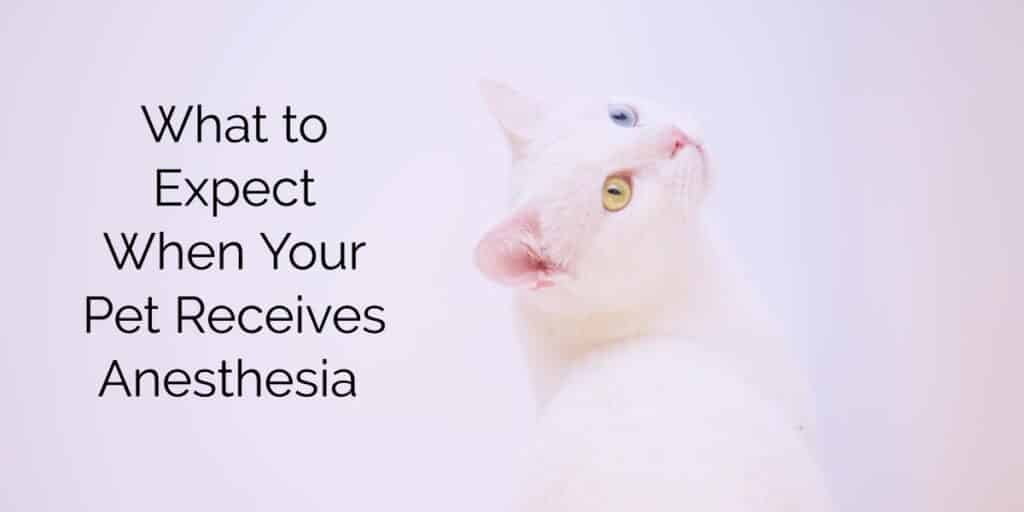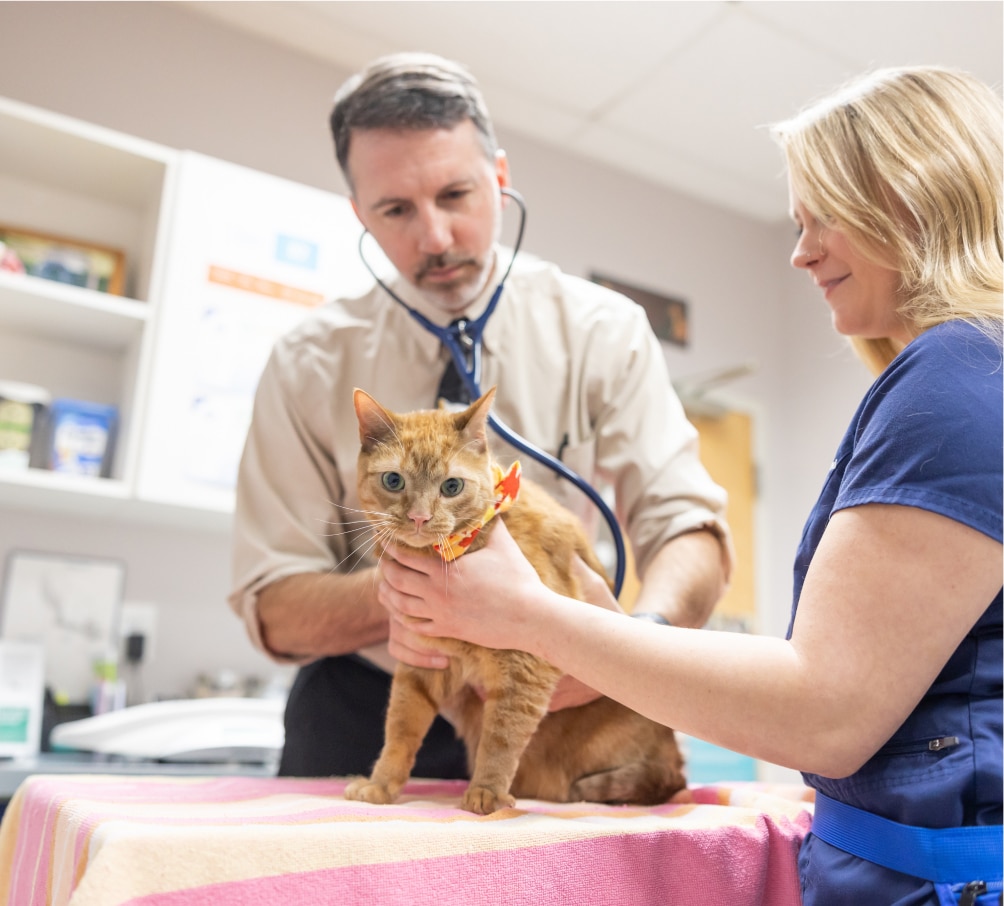Every day, pets undergo procedures that require anesthesia. Whether routine or emergency, there are always risks when “going under,” just like with humans.
Because pets are less apt to stay still for their procedures, their chances of needing anesthesia are far higher than humans’. As a pet owner, it is important to understand the risks and expectations so that you can make the best decision for your pet.
Here is what you can expect when your pet needs anesthesia:
Before Anesthesia
For a healthy pet, the risks of anesthesia are greatly reduced compared to those who are older or have pre-existing conditions.
Age itself is not a greater concern when it comes to anesthesia, but if your pet is in its senior years, your vet will run additional diagnostics to rule out any unknown conditions that may require adjustments to the anesthetic medications to keep your pet safe and comfortable.
Once your veterinarian has all the information, they will create a personalized plan for pre- and post- operative care.
Possible Protocols During Anesthesia
Different anesthetics produce generally predictable reactions in most patients. However, each pet is an individual and may respond slightly differently.
By educating yourself on different protocols and discussing the options with your vet, you can have a little more peace knowing that precautions have been taken should something unexpected occur.
Anesthesia depresses nerve function so your pet doesn’t feel pain during the procedure. Depressed nerve function also means that your pet’s brain is not sending messages to naturally deal with any potential issues. Because of this, veterinarians will take measures to decrease the time between a potential issue and the solution.
A Registered Veterinary Technician will continuously monitor your pet’s vital signs and make ongoing adjustments to maintain normal parameters at all times and to quickly detect changes before they are a concern.
An IV catheter with a continuous flow of IV fluids not only keeps your furry friend hydrated, but also gives the vet the opportunity to administer any medication intravenously quickly if needed.
All anesthetized pets have an endotracheal tube placed to protect their airway and enable precision delivery of oxygen and anesthetic gases.
Pain medications will also be given during the procedure along with anesthesia. By blocking pain messages during the procedure, less anesthesia is necessary and your pet will recover faster and will feel better afterwards when the anesthesia wears off.
Post-Operative Care
Post-operative care is dependent on the procedure that was done, but there are some general things you can expect as your pet comes off anesthesia.
Some anesthesia could take a few days to fully wear off, especially in older pets, but most will be acting almost normal at the time of discharge. You may notice they are a little lethargic for the first 12-24 hours after you get home, which is completely normal.
Your pet may be a little unsteady on their feet and should be kept safe indoors and away from hazards, such as stairways, until they are completely normal.
Even with a normally mild-mannered pet, it is important not to leave children alone in a room with their furry friend until you are sure your pet is back to normal. Surgery and anesthesia cause a lot of stress, and your pet may be more irritable than usual.
Just like in humans, a pet may have loss of appetite or nausea after anesthesia.
Be sure to restrict food if directed and moderate water intact. Your pet may try to eat or drink excessively, and vomit afterwards.
If loss of appetite, nausea, or vomiting last beyond the first 24 hours, you should call your vet to rule out any concerns.
Veterinary Hospital in Frederick, MD
Bring your pet to Old Farm Vet for all of your surgery needs!
With years of experience performing a variety of surgical procedures on dogs and cats, our veterinarians and vet techs keep your pet safe and comfortable during surgery. We are happy to answer any of your questions about the procedure, so that you can rest assured that your pet is in good hands.



